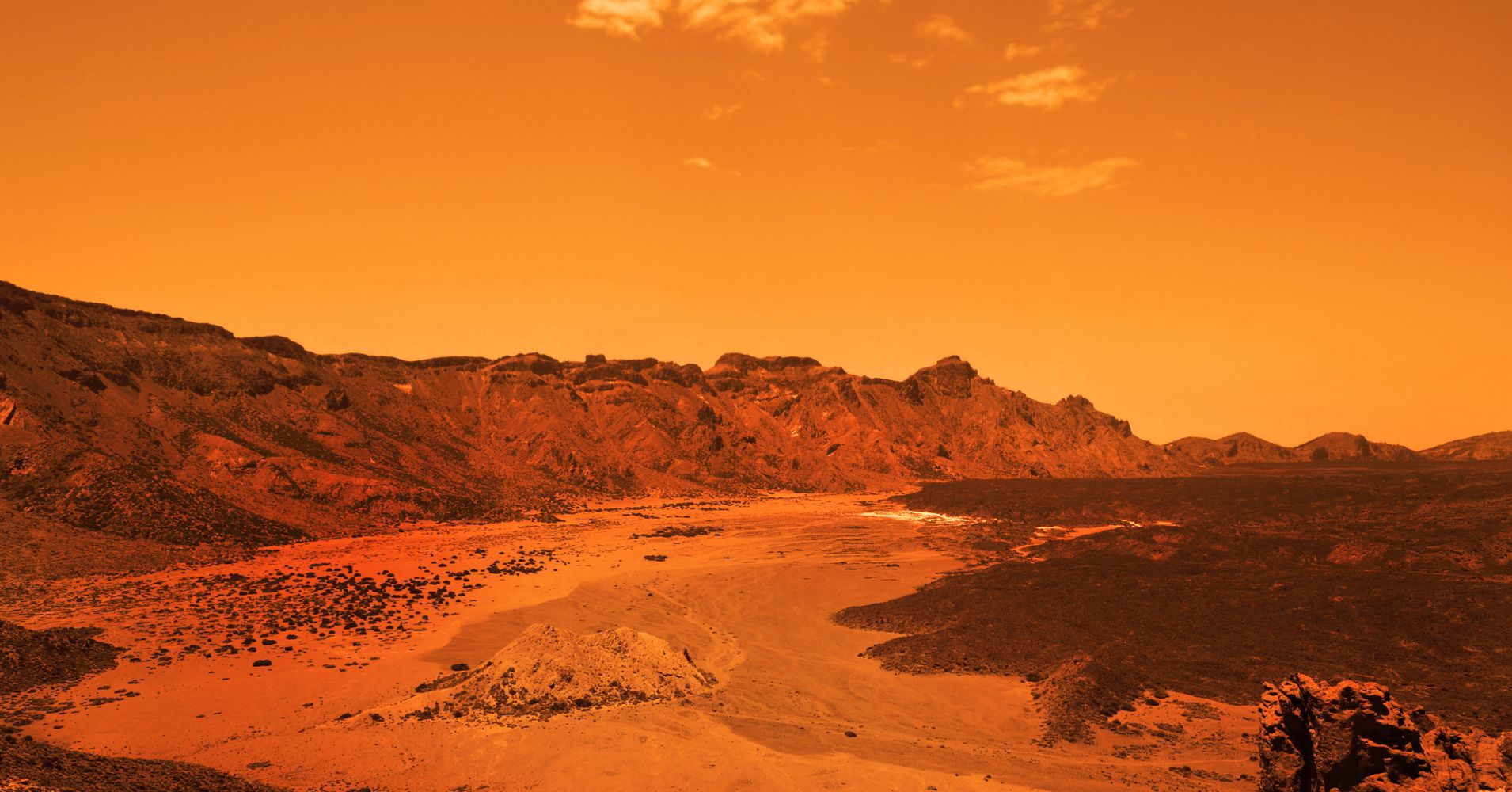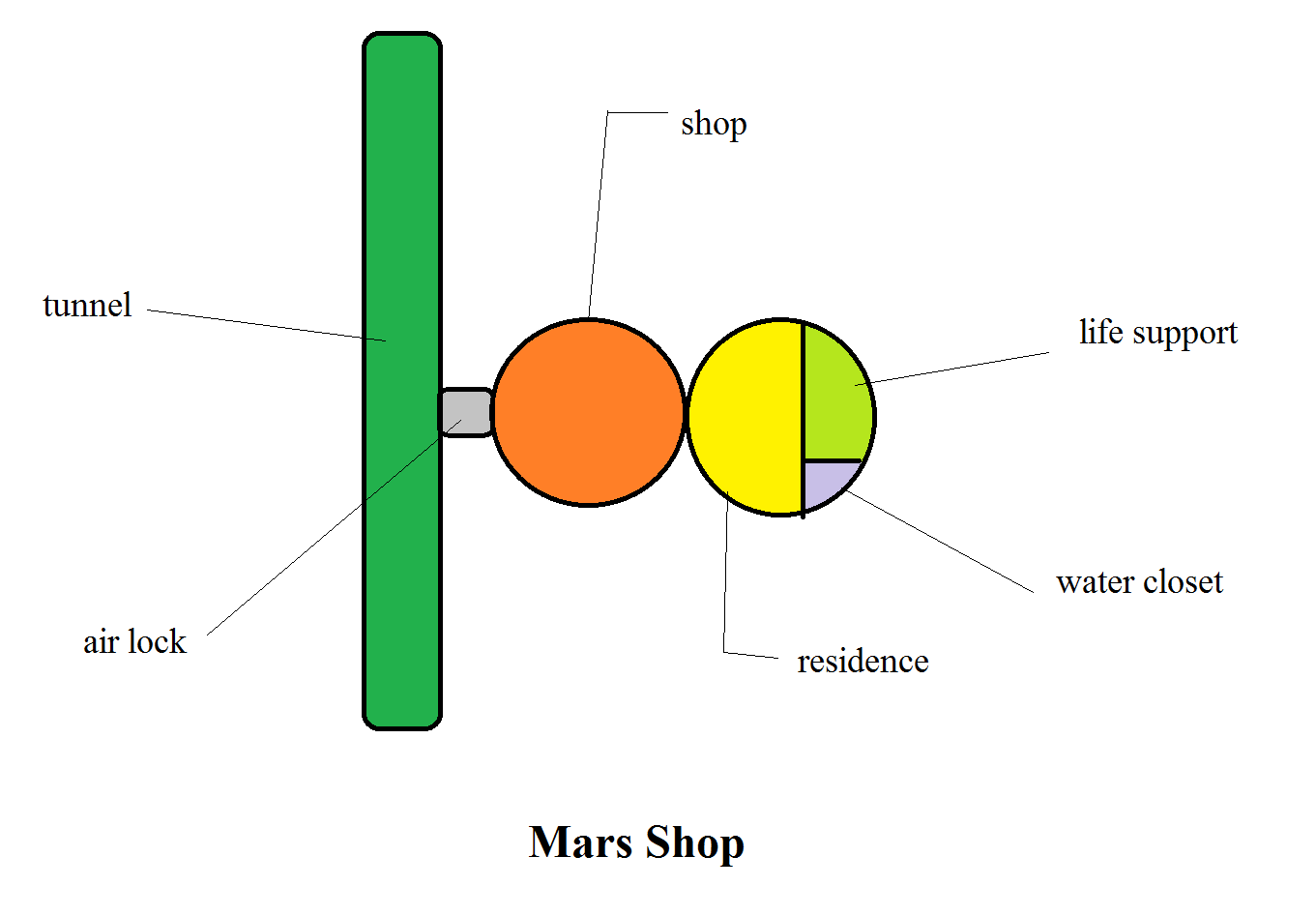
I have been seeing a lot of talk on social media about who owns the Moon and Mars. Who has what rights to claim how much, is about to become very relevant. At this time, countries can not claim territory off Earth. Current operations there are in many ways similar to high seas law in that every country is responsible for any ship its citizens put up. This will have to change as outposts, bases, and colonies are established on the Moon and Mars.
You have one group claiming no one has the right to grant such ownership, the moons and planets belongs to everyone and no one group has the right to give parts of it to small groups of people. Yet another said that no group here has the right to deny any group’s ownership there. Both base part of their claim on a treaty limiting a nation’s ability to claim space. One of the problems with this argument is if the Earth government has no authority to enforce property rights there, they also have no authority or obligation to punish any of their citizens funding attacks on groups trying to evict people from that property. If these countries don’t agree that you own property there, then it is not a crime to evict you from it or hire it done. It will get real messy real fast. In effect, you don’t get to own something there if the different countries don’t agree to that ownership and agree to punish of those in their borders that decide to dispute your ownership.
Getting an agreement on who can own what is looking to be complicated. Many corporations, groups, and individuals want a first come first serve with nearly zero accountability back on earth. Few if any of the countries like that idea, though some very powerful people are pushing for it. The other end is the United Nations owes everything off Earth and corporations, companies, and individuals lease land from them. Most groups currently in the process of putting together an off-world base oppose that idea too. Yet another idea that has been bandied about is similar to the Antarctic treaty. The moon and Mars are divided up with each country given sovereignty over portions. Still, another wants the Moon and Mars to be separate countries with a constitution all coming must agree to abide by.
I doubt any of the things being proposed are workable. All of them favor one group at the expense of another. What works for the Moon is likely to be all wrong for Mars. Another factor is that several proposals are designed to hamper certain groups and prevent them from getting a strong foothold in either place.
The question is unlikely to be settled any time soon. It is possible operations will be up and running on both places before a reasonable plan becomes accepted.




















 The first people to arrive at Mars may happen between 2025 and 2030. More and more like buried structures connected by buried tunnels will be the way people live and work there. Such allows the needed flexibility and gives the necessary safety. Building these building and tunnels will require heavy “Earth Moving Equipment.” Getting a twenty plus ton bulldozer to mars will be expensive. You will need more than one excavator and other heavy equipment.
The first people to arrive at Mars may happen between 2025 and 2030. More and more like buried structures connected by buried tunnels will be the way people live and work there. Such allows the needed flexibility and gives the necessary safety. Building these building and tunnels will require heavy “Earth Moving Equipment.” Getting a twenty plus ton bulldozer to mars will be expensive. You will need more than one excavator and other heavy equipment. You will have two buried domes connected to each other, and connected to the main buried tunnel. Each of your domes is ten meters in diameter and five meters high. The first will be your shop, the second is your residence complete with a bio regenerative life support system. Choosing that initial start up stock of your store is utterly critical. It means the difference between your success, or your failure. Will you be sent home after being there two years, or be forced to take whatever low paying job is offered just to stay? Or will you be running a successful profitable business? Your choices at this point could decide that.
You will have two buried domes connected to each other, and connected to the main buried tunnel. Each of your domes is ten meters in diameter and five meters high. The first will be your shop, the second is your residence complete with a bio regenerative life support system. Choosing that initial start up stock of your store is utterly critical. It means the difference between your success, or your failure. Will you be sent home after being there two years, or be forced to take whatever low paying job is offered just to stay? Or will you be running a successful profitable business? Your choices at this point could decide that.





